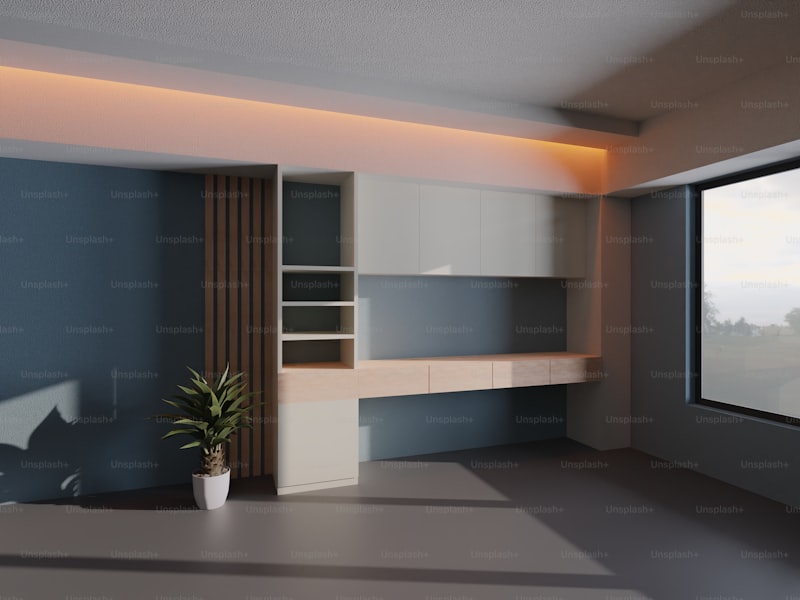Exploring Traditional Versus Modern Classic Styles: A Comprehensive Guide
Understanding the Dichotomy: Traditional vs. Modern Classic Styles
When it comes to design and aesthetics, the debate between Traditional and Modern Classic Styles is perennial. Both styles offer unique attributes, charm, and functionality, making them popular choices for homeowners, designers, and architects alike. In this article, we will dive deep into the characteristics, benefits, and drawbacks of both styles, enabling you to make informed decisions for your next project or home renovation.
Defining Traditional Style
The Traditional style is often characterized by a sense of comfort, elegance, and time-honored aesthetics. This style draws inspiration from the past, often emulating designs from various historical periods, such as Colonial, Victorian, and European classical architecture. Traditional style often includes ornate details, rich fabrics, and a warm color palette that evoke a sense of nostalgia and comfort.
Key Elements of Traditional Style
- Color Palette: Rich jewel tones, earthy hues, and neutral shades are common.
- Materials: High-quality woods, fabrics, and textures like silk and velvet.
- Furniture: Heavy, structured pieces with intricate details, often made from dark woods.
- Patterns: Floral patterns, damask, and stripes are prevalent.
- Accessories: Antiques, heirlooms, and elaborate decor items adorn traditional spaces.
The Appeal of Modern Classic Style
On the other side of the spectrum lies the Modern Classic style. This design ethos is a blend of modern functionality with classic elegance, providing a clean, sophisticated approach to interior design. Modern Classic encompasses contemporary aesthetics while still appreciating the timeless qualities found in traditional designs. This style taps into simplicity, open spaces, and a more relaxed and inviting feel that appeals to many homeowners today.
Core Features of Modern Classic Style
- Color Palette: Soft neutrals, whites, and pastels that evoke a tranquil atmosphere.
- Materials: A mix of modern materials like metal, glass, and light woods combined with classic elements.
- Furniture: Streamlined, minimalist designs with subtle curves and no excessive ornamentation.
- Patterns: Geometric shapes and textures that promote a sense of modernity.
- Accessories: Unique decor items that serve as conversation starters without overwhelming the space.
Comparing Traditional and Modern Classic Styles
| Aspect | Traditional Style | Modern Classic Style |
| Color Palette | Rich and deep tones | Soft neutral tones |
| Materials | Heavy woods and luxurious fabrics | Modern materials combined with traditional elements |
| Furniture | Ornate and structured | Sleek and minimalist |
| Patterns | Floral and complex | Geometric and simple |
| Accessories | Antiques and heirlooms | Contemporary and unique decor |
The Benefits of Each Style
Choosing between Traditional and Modern Classic styles ultimately boils down to personal preference and functional needs. However, each style comes with its own set of unique benefits.
Advantages of Traditional Style
- Timelessness: Traditional designs never go out of style, maintaining their appeal across generations.
- Comfort: The intricate details and rich fabrics create an inviting environment for family gatherings.
- Historical Value: Incorporating elements like antiques can give a room a sense of history and character.
Advantages of Modern Classic Style
- Versatility: Modern Classic can easily adapt to various interiors, from urban apartments to suburban homes.
- Simplicity: The clean lines promote a clutter-free environment, making spaces feel larger and more open.
- Functional Design: Modern Classic often emphasizes practicality without compromising style.
Choosing the Right Style for Your Space
When deciding between Traditional and Modern Classic styles, consider the following factors:
- Personal Preference: Which style resonates more with your personality and lifestyle?
- Interior Layout: Evaluate your space. Traditional styles may work better in larger rooms, whereas Modern Classic can enhance small spaces.
- Functionality: Think about how each style meets your functional needs in terms of comfort, storage, and decor.
User Insights and FAQs
People often have questions when navigating the challenge of choosing between Traditional and Modern Classic styles. Here are several common queries:
- What is the cost difference between Traditional and Modern Classic styles? Traditional furnishings can be more expensive due to their intricate craftsmanship, while Modern Classic options may offer budget-friendly alternatives.
- Can you combine both styles? Yes, a hybrid approach can create a unique and personalized space, allowing you to enjoy the best of both worlds.
- Which style is more suitable for smaller homes? Modern Classic tends to be more suitable for smaller areas due to its emphasis on minimalism and functionality.

Conclusion: Embrace Your Unique Style
Both Traditional and Modern Classic styles offer something special for every homeowner. While Traditional style brings warmth, elegance, and a sense of history, Modern Classic infuses functionality and modern aesthetics. Ultimately, the choice between these two styles hinges on your personal preferences, the characteristics of your space, and your lifestyle needs. Consider the advantages and unique features of each style to create a home that reflects who you are.
Remember to keep your options open and don’t shy away from blending elements from both styles to achieve a space that is uniquely yours. Whether you're drawn to the charm of tradition or the clean lines of modernity, find joy in the journey of creating a home that resonates with your personal taste and lifestyle.